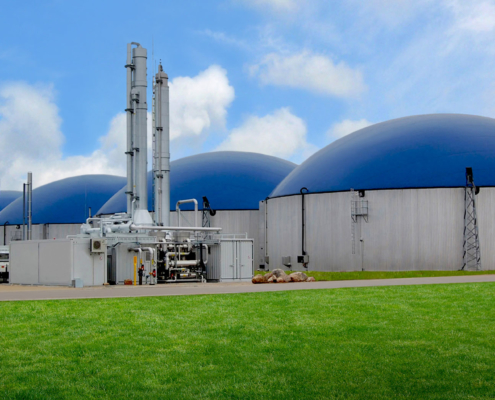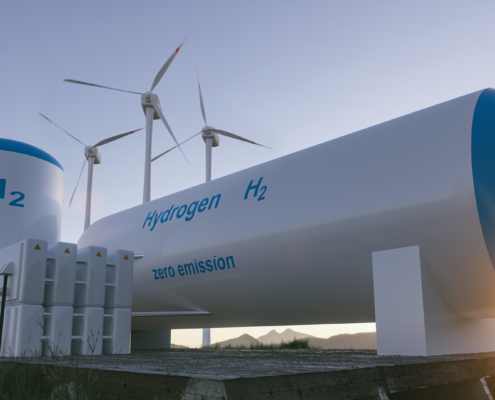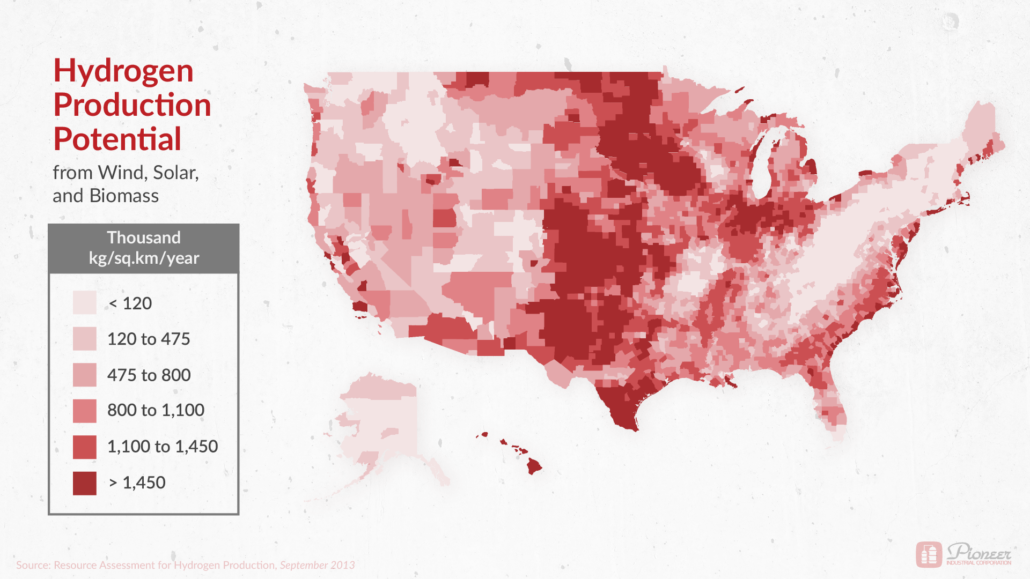 Copyright Independent Balkan News Agency, 2021
https://www.pioneerindustrial.com/wp-content/uploads/2021/11/Biogas-Plant.jpeg
1048
2000
Karrie Williams
https://www.pioneerindustrial.com/wp-content/uploads/2020/12/Pioneer-Logo-Color-min.png
Karrie Williams2021-11-17 21:25:392021-11-17 21:25:44Waste Burner Systems
Copyright Independent Balkan News Agency, 2021
https://www.pioneerindustrial.com/wp-content/uploads/2021/11/Biogas-Plant.jpeg
1048
2000
Karrie Williams
https://www.pioneerindustrial.com/wp-content/uploads/2020/12/Pioneer-Logo-Color-min.png
Karrie Williams2021-11-17 21:25:392021-11-17 21:25:44Waste Burner Systems
Hydrogen is all around us. In fact, hydrogen is the most prevalent element in our universe: it accounts for 75% of matter and mass. Similar to hydrocarbon, it can be utilized as a potent source of energy. But unlike hydrocarbon, the emissions from hydrogen as a fuel source are environmentally harmless.
Combining hydrogen and oxygen in a fuel cell generates electricity, heat, and water as a by-product. Due to this relative simplicity, there has been great effort to utilize hydrogen as a fuel source in recent decades. Today, we will be exploring the uses, benefits, and drawbacks of hydrogen for fuel.
The #1 Element: Hydrogen
Despite its abundance, hydrogen does not naturally occur as a standalone resource. Considerable work has to be done to obtain the hydrogen for utilization. Luckily, advanced technologies allow us to do this in a few different ways.
First, water can be split into its composing elements: hydrogen and oxygen. This is done through electrolysis—direct electric currents pass through the water. There are multiple approaches to this process, but the end result is generally the same. This, however, means that the diverse processes all have different implications and synergies.
The main inputs in electrolysis are water and electricity. So, depending on the source of the electricity, we can produce an energy-rich fuel source that is emission-free (or close to it.) For example, if the electricity was generated from a wind farm, the hydrogen fuel has been produced without any direct fossil fuel burning.
Hydrogen gas is also produced and sold by various chemical plants, which derive it as a by-product from their chemical processes. Because it’s a fuel source, the fact that it is already embedded in various process industries is potentially useful. In fact, many refineries either import the product from sellers or utilize their own recycled by-product.
This concept can also be applied to other areas in energy generation. Consider the potential of harnessing the electricity produced from tidal energy. What else is present during the harnessing of tidal energy? Water, of course! Since tides are intermittent in nature, it could make sense to use the downtime, energy, and abundant water for hydrogen gas generation.
Of course, these are just a few examples used by various industries when hydrogen fuel production is concerned.
Hydrogen in Use
It is yet to be seen if hydrogen will be the energy source of the future, supplying both our domestic and transportation needs. If it can be done safely and economically, it is certainly an attractive option. Its high energy content, fuel cell efficiency, and environmental cleanliness in production are massive positives.
In fact, great effort has been put into calculating just how much potential there is in hydrogen fuel. The graphic below illustrates the varying degrees of hydrogen production potential throughout the U.S. For more information on how this data was calculated, the NREL has extensive research.
Hydrogen fuel cells, though very efficient, are not yet being broadly utilized as a fuel source. So, what exactly is stopping us from using hydrogen more widely?
Hydrogen has a very high energy-per-unit mass, but it has a low energy-per-unit volume. This is a prevalent issue that is being addressed through new technologies. The goal is to make the storage and transportation of hydrogen gas in large volumes safer and more cost-effective.
With our current technology, the production of hydrogen fuel cells is very expensive. Additionally, the stations for refueling hydrogen cells are scarce. Hydrogen fuel cell vehicles have to overcome these hurdles to be considered a more viable and attractive option. Other technologies, like advancements in hydrogen measurement and analysis, are also critical for proper handling and transportation.
Regardless, the cleanliness, efficiency, and versatility of hydrogen energy could be vastly beneficial with the right technology. Advances in fuel cell technology, production, storage, and transportation may dictate the future of hydrogen energy. If the right improvements are made, we may see hydrogen energy emerge as a prominent player in our movement towards zero emissions.
 Copyright Independent Balkan News Agency, 2021
https://www.pioneerindustrial.com/wp-content/uploads/2021/11/Biogas-Plant.jpeg
1048
2000
Karrie Williams
https://www.pioneerindustrial.com/wp-content/uploads/2020/12/Pioneer-Logo-Color-min.png
Karrie Williams2021-11-17 21:25:392021-11-17 21:25:44Waste Burner Systems
Copyright Independent Balkan News Agency, 2021
https://www.pioneerindustrial.com/wp-content/uploads/2021/11/Biogas-Plant.jpeg
1048
2000
Karrie Williams
https://www.pioneerindustrial.com/wp-content/uploads/2020/12/Pioneer-Logo-Color-min.png
Karrie Williams2021-11-17 21:25:392021-11-17 21:25:44Waste Burner Systems
Harnessing Natural Fluid Flows – An Exploration of Alternative Energy Sources Industries
Environmental Safety, Renewable Energy




